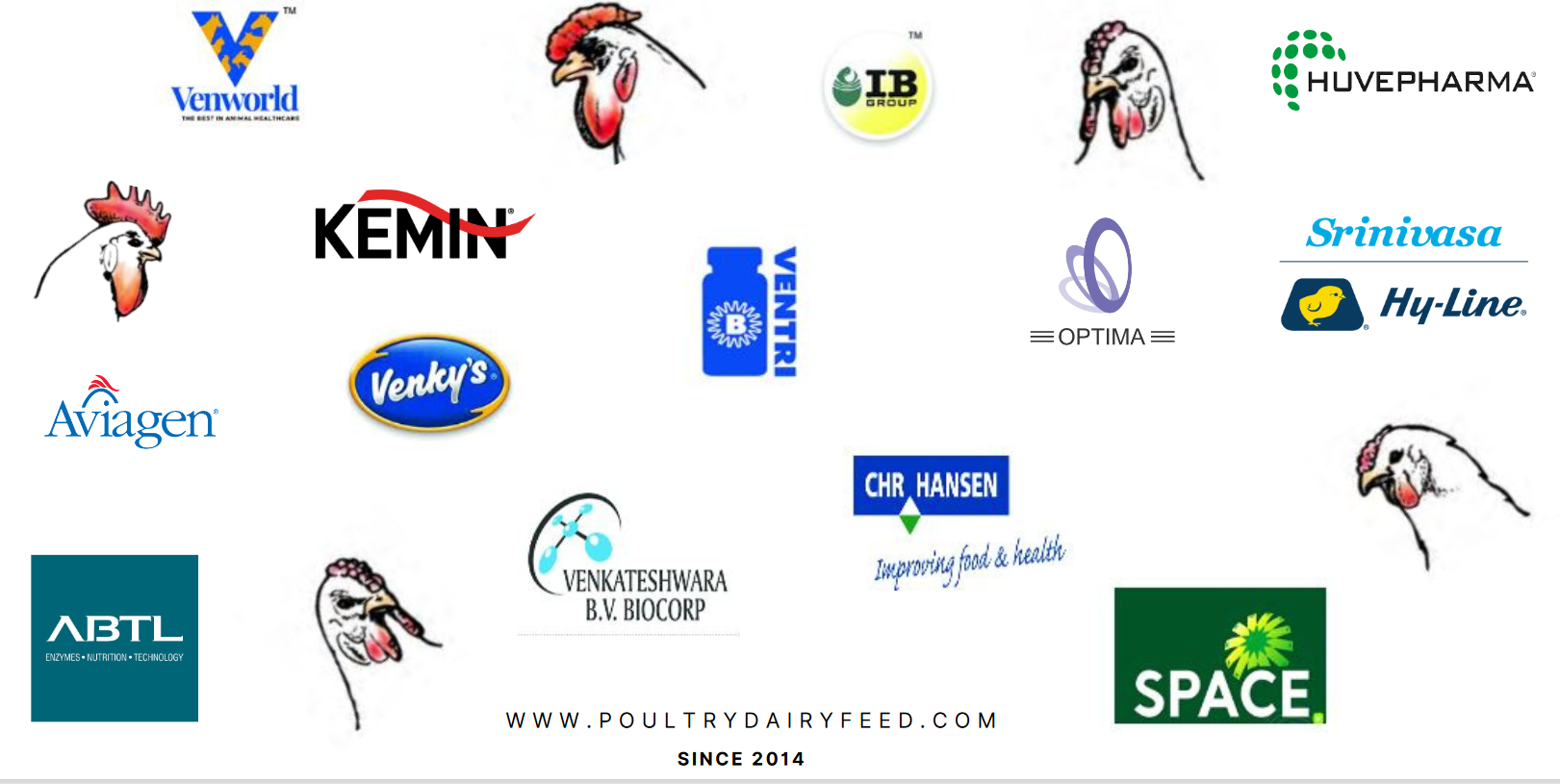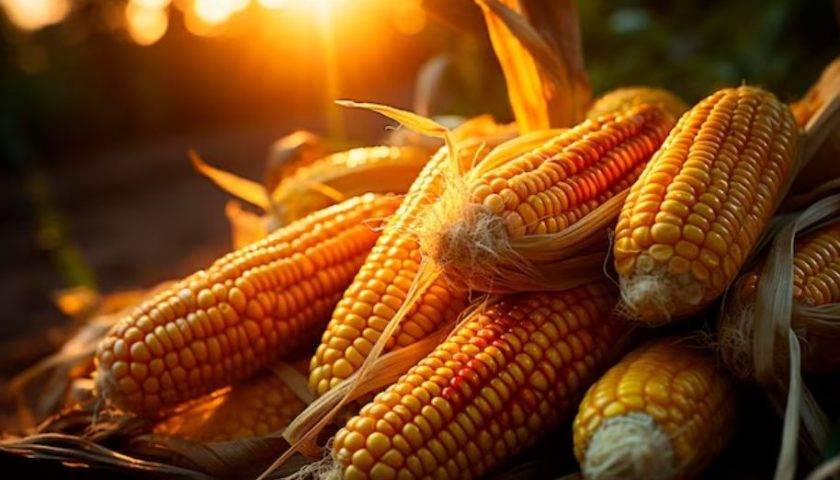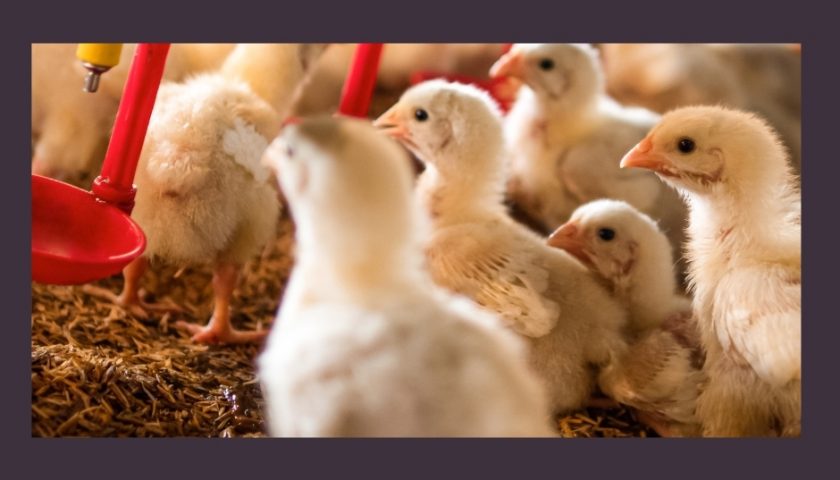
Mycotoxins are secondary metabolites of molds/fungi and has become is due to constant change in climate and inefficient storage conditions and Mycotoxin contamination is one of prominent factor for grain wastage in world & negatively impact animal health consequently. There are more than 400+ mycotoxins prevalent worldwide, but, few of mycotoxins contribute major loss for animal health. Aflatoxins, ochratoxins, trichothecenes, zearalenone andfumonisinsare the mycotoxins of greatest agro-economic importance.
Some moldsare capable of producing more than one mycotoxin and some mycotoxins are produced by more than one fungal species. Often more than one mycotoxin is found on a contaminated substrate. Mycotoxins occur more frequently in areas with a hot and humid climate, favourable for the growth of molds.
Mycotoxins have various acute and chronic effects on animals (especially monogastrics) depending on species and susceptibility of an animal within a species. The economic impact of mycotoxins include loss of human and animal life, increased health care and veterinary care costs, reduced livestock production, disposal of contaminated foods and feeds, and investment in research and applications to reduce severity of the mycotoxin problem.
This “Cargill’s Mycotoxin Survey” captures results of 1402 samples analyse from May’20 to April’21 from all over India and highlights following points:
- Almost 96% samples were contaminated with mycotoxins & 62% samples were above risk level.
- Raw ingredients were highly contaminated with Aflatoxin & average contamination level was 45ppb, which is much higher than risk level of aflatoxin for poulty.
- Fumonisin is also prevalent in India with average level of 2983ppb.
- Broiler, layer & breeder are at medium risk for Aflatoxin contamination
- Broilers are at higher risk for fumonisin and layer & breeder is at medium risk due to fumonisin contamination.






